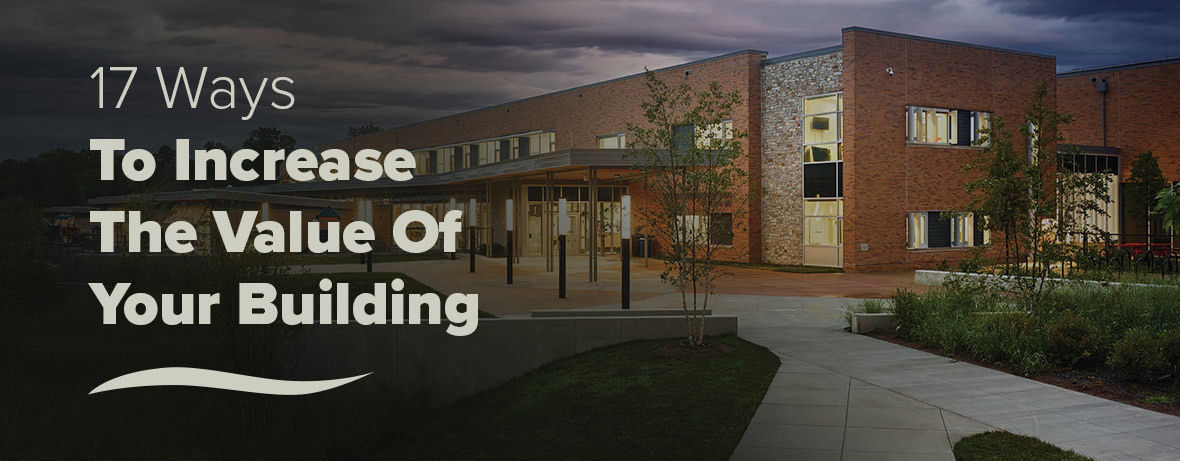
What Additional Insulation Do You Need for an ICF Home?
Easy-to-install ICF wall systems help create energy-efficient, durable, disaster-resistant, and healthy homes. But do you need additional wall insulation for ICF homes?

Cinder Block (CMU) vs. Traditional Poured Concrete Wall Foundations
We cover the differences between CMU blocks and poured concrete foundations so that you don’t have to learn from trial and error.
Glen's Contractor Tip Corner: Short Jogs
I had a call this week from a contractor who wanted to know if there was an easy way to build a two foot jog into a wall. This brought back flashbacks of when I used to attempt to interlock corners thinking the strength of the interlock was going to hold things together during concrete placement.

Designing for Disaster Protection and Storm-Proof Homes
Exterior wind damage is responsible for 25% of all homeowner insurance claims. That doesn’t include the interior losses that occur when damaged windows and roofs let rain wreak havoc inside. While we can’t prevent windstorms, we can lessen their damage by planning home designs with wind-resistance as a top priority.

8 Tips for Pouring Concrete in Cold Weather and in Winter

Why ICF Construction is Perfect for Oklahoma Homes in Tornado Alley

17 Ways To Increase The Value Of Your Building

The Best Vapor Systems for Basement Walls

Auditorium Layout Design 101: Creating Functional and Comfortable Spaces
An auditorium isn’t just a room with seats — it’s a space designed to shape sound, sight, and comfort for every occupant. Proper auditorium architecture balances acoustics, sightlines, energy efficiency, and occupant comfort to create an inviting, high-performing space.

4 Defining Characteristics of High-Performance Buildings
High-performance buildings also positively impact the environment and provide financial benefits before and after construction.